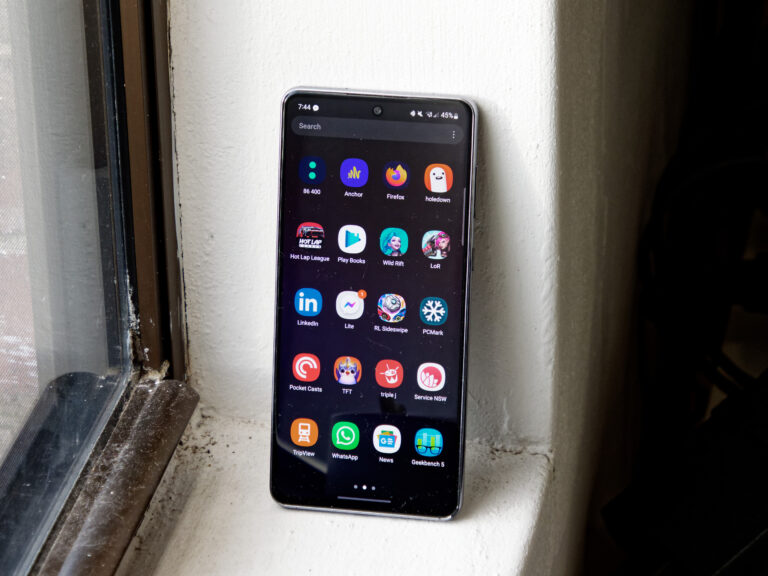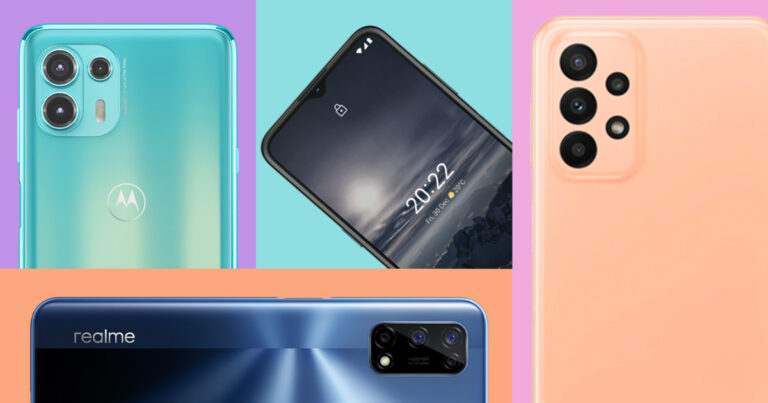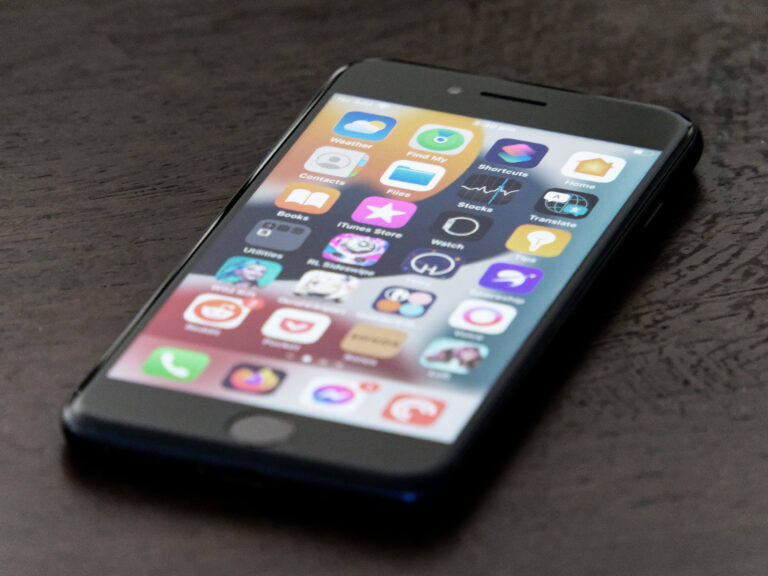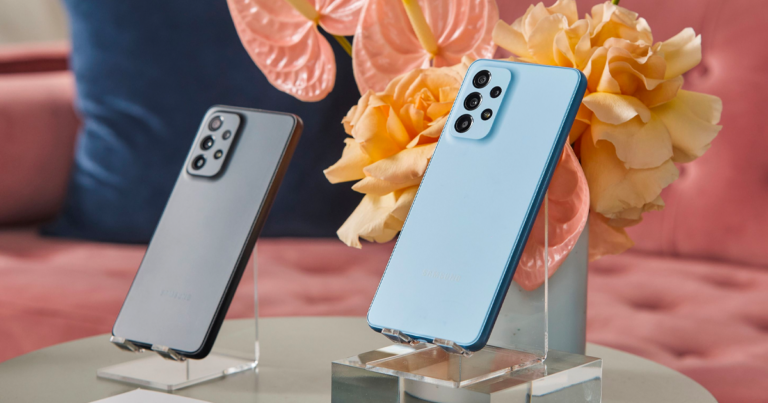Optus Mobile Review ALDI Mobile Review Amaysim Mobile Review Belong Mobile Review Circles.Life Review Vodafone Mobile Review Woolworths Mobile Review Felix Mobile Review Best iPhone Plans Best Family Mobile Plans Best Budget Smartphones Best Prepaid Plans Best SIM-Only Plans Best Plans For Kids And Teens Best Cheap Mobile Plans Telstra vs Optus Mobile Optus NBN Review Belong NBN Review Vodafone NBN Review Superloop NBN Review Aussie BB NBN Review iiNet NBN Review MyRepublic NBN Review TPG NBN Review Best NBN Satellite Plans Best NBN Alternatives Best NBN Providers Best Home Wireless Plans What is a Good NBN Speed? Test NBN Speed How to speed up your internet Optus vs Telstra Broadband ExpressVPN Review CyberGhost VPN Review NordVPN Review PureVPN Review Norton Secure VPN Review IPVanish VPN Review Windscribe VPN Review Hotspot Shield VPN Review Best cheap VPN services Best VPN for streaming Best VPNs for gaming What is a VPN? VPNs for ad-blocking Some consider a $500 phone to be budget-friendly. Others expect a cheap phone to cost around that sum. It’s all going to be depend on your financial situation and you individual needs. A better question might be whether cheap phones are good enough, and the best place to start looking for the answer to that lies in the past. Each year, the expectations of consumers shift a little bit when it comes to what the best phones under $500 you can buy look like. If you do a specs-focused comparison between something like 2022’s budget-friendly Samsung Galaxy A53 to 2017’s Samsung Galaxy S8, there’s a surprising amount of areas where the cheap phone wins out over something that was at the time more expensive. Premium phones have gotten much better in the last five years, but they haven’t improved nearly so much nor in as significant ways as their cheap phone counterparts. If you’re looking for an explanation of whether cheap phones are good enough for your needs, it’s worth having a think about what those needs are, what you’re willing to compromise on and where the biggest differences between cheap and more expensive smartphones lie. Exceptions to this dynamic do exist, but they’re few and far between. If you’re looking for a cheap phone or planning to pair it up with a case regardless, then maybe the sleek or stylish aesthetics of a more expensive phone aren’t as meaningful of an omission. All the same, aesthetics are one area where cheaper handsets do tend to compromise. While there are some premium features that cheap phones now have access to, such as 5G connectivity, face unlock, fingerprint sensors and (in some) cases water resistance, there are others like wireless charging that remain out of reach. Still, the most important design detail of any smartphone is the screen, and the differences between the screens on a cheap phone and a more expensive one might not be as big as you think. Sure, finding a cheap phone with QHD screen like the on Samsung’s latest flagships is impossibly tricky. However, unearthing one with FHD resolution, a high refresh rate or even an OLED panel isn’t. Even if the screens found in the premium end of the market will ultimately look better and provide better performance, today’s cheap phones do a decent job of looking good enough that some budget-conscious shoppers might not even feel the difference. Since budget devices tend to rely on older or slower processors and less or slower memory, they tend to lag behind their mid-range and premium counterparts when it comes to everyday use. Practically, this means that apps on a cheap phone will load slower and that multitasking will be more demanding. The apps you’re going to install and use regularly on your phone aren’t going to vary too much based on the price of the device in question, but the capabilities of you handset will. This is one of those areas where you can’t really do more with less. A more expensive will have the extra RAM and the superior processor needed to run those same apps more smoothly. A cheap phone won’t. There is a silver lining here. Cheap smartphones often deliver significantly better battery life than more expensive devices. This isn’t usually because cheap phones have bigger batteries, but because the slower hardware attached to them is sometimes less energy-intensive or even more energy-efficient. That said, the value provided by this trade-off a little tricky to calculate. A cheap phone that runs Facebook or Snapchat slowly isn’t the same thing as one that can’t run them at all, and the difference between a phone that runs apps slower versus one that runs for longer is similarly blurry. Going for a cheap phone over a more expensive one is always going to invite more compromises. However, buying a cheap phone that doesn’t compromise too much on performance is one of the most meaningful ways to optimize that experience and get the most value for your money. If you’re shopping on a budget, that means this is one of the hardest areas to optimize your choice of smartphone. If buying a mid-tier phone means missing out on cutting-edge camera features like AI enhancements, night modes or telephoto zoom lenses, then buying a cheap phone is even more of a gamble. There are very few cheap smartphones that deliver a competitive or quality smartphone photography experience. What’s more, cheap phones tend to be highly homogeneous when it comes to camera hardware. Once you go below $500 or so, you’ll find a staggering amount of overlap when it comes the number of camera sensors and their overall quality. The upshot of this is that it’s hard to find a particularly bad camera. However, the downside is that a good camera at this price-point is typically more of a mediocre one. If camera performance is paramount to your specific needs, then spending a little more and opting for something like the Google Pixel 6 or the baseline iPhone 13 is probably going to be worth it. However, if your expectations are more modest or you don’t care about camera quality at all, then there’s a chance that a half-decent cheap phone should fit for purpose. As with performance, a compromised camera isn’t the same as the lack of the one. The best budget phones aren’t equipped to produce incredible low light photography, but they’re adequate enough to get by. If features like wireless charging, 5G connectivity, water resistance or a powerful smartphone camera aren’t appealing enough that you want to spend the premium to get your hands on them, then look for a cheap phone that nails those practical priorities before trying to squeeze in anything extra. The Samsung Galaxy A53 5G is an example worth considering. This device features a 6.5-inch Super AMOLED screen, 128GB of storage and 6GB of RAM, plus IP67 water resistance and a triple-lens rear camera. Check out the widget below for a round-up of popular plans for the device.



